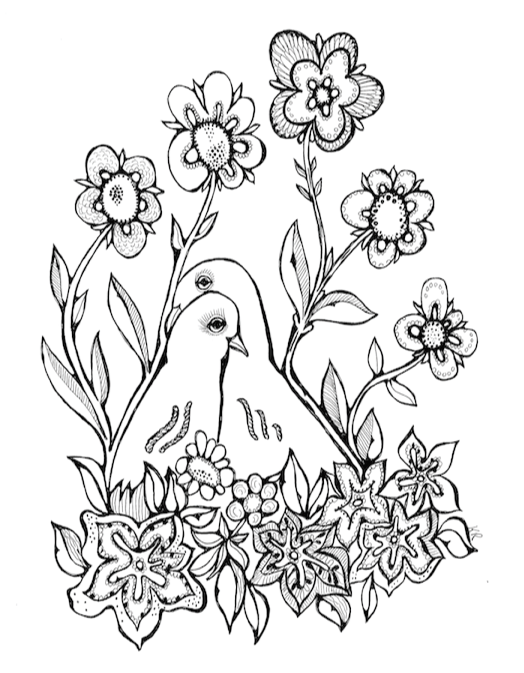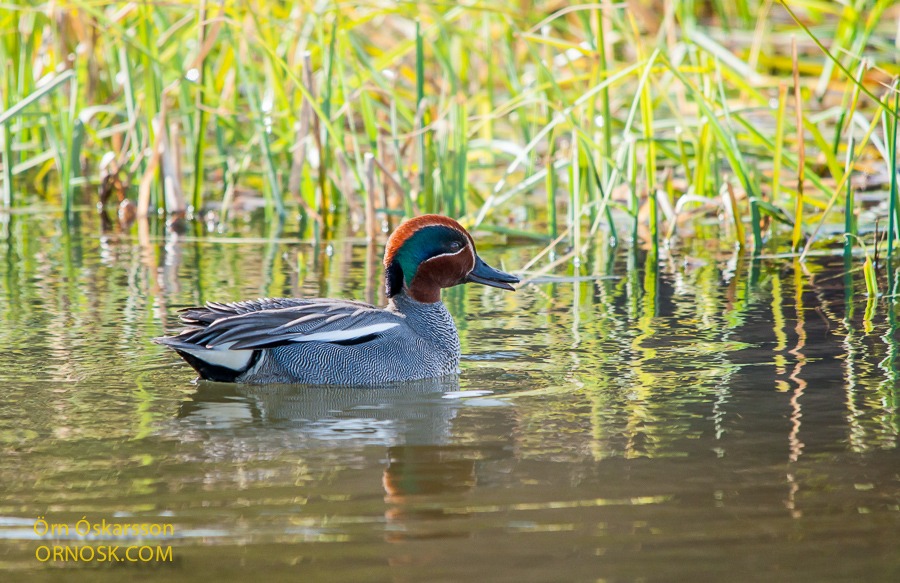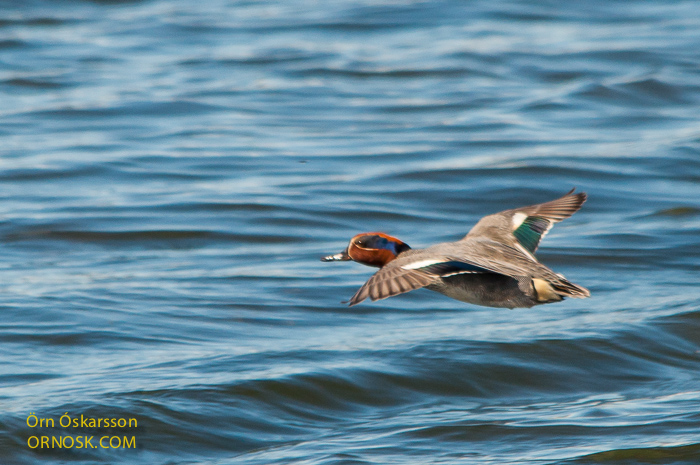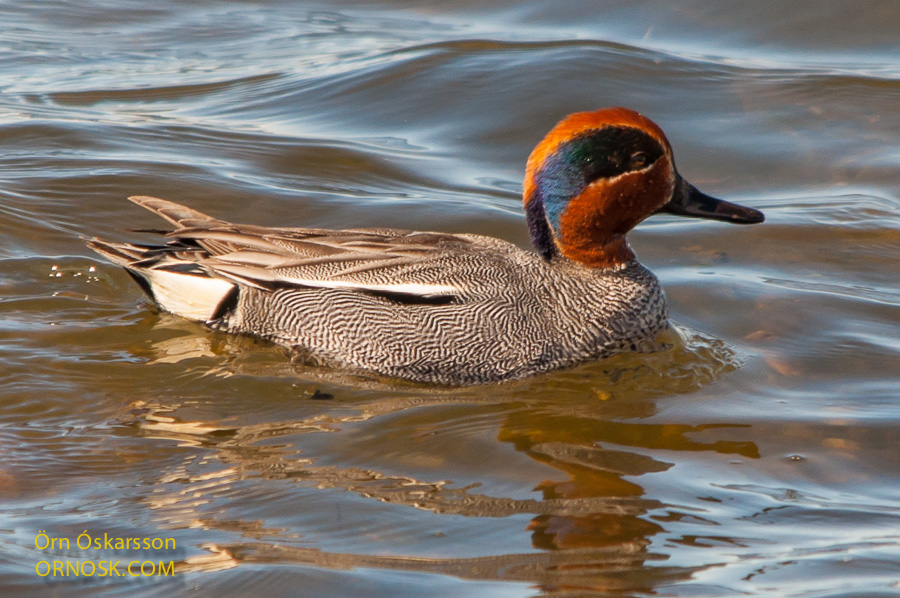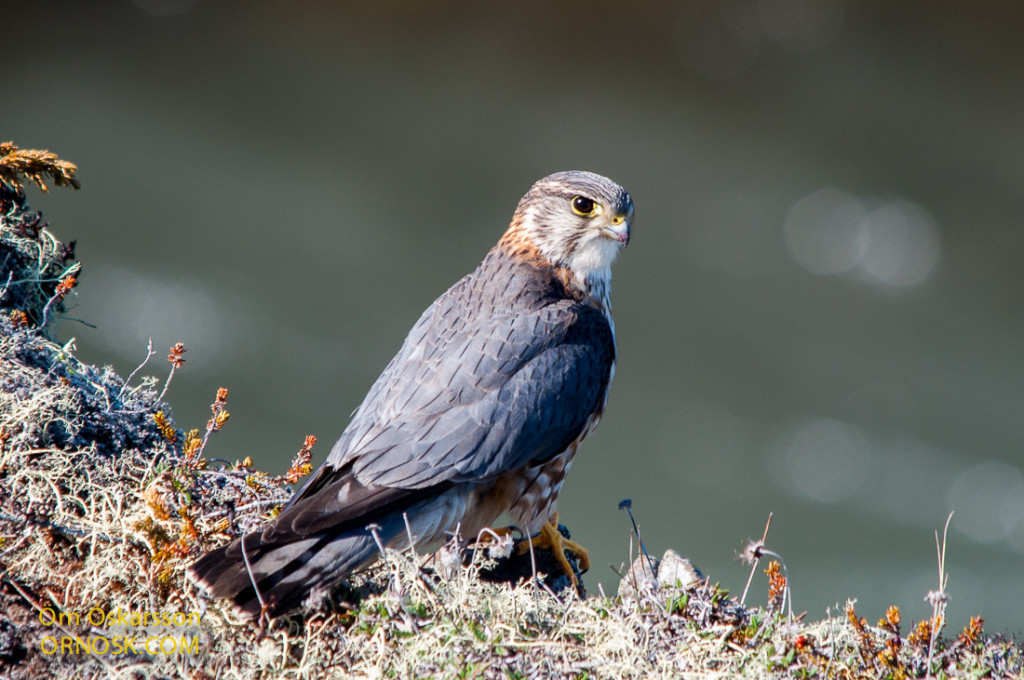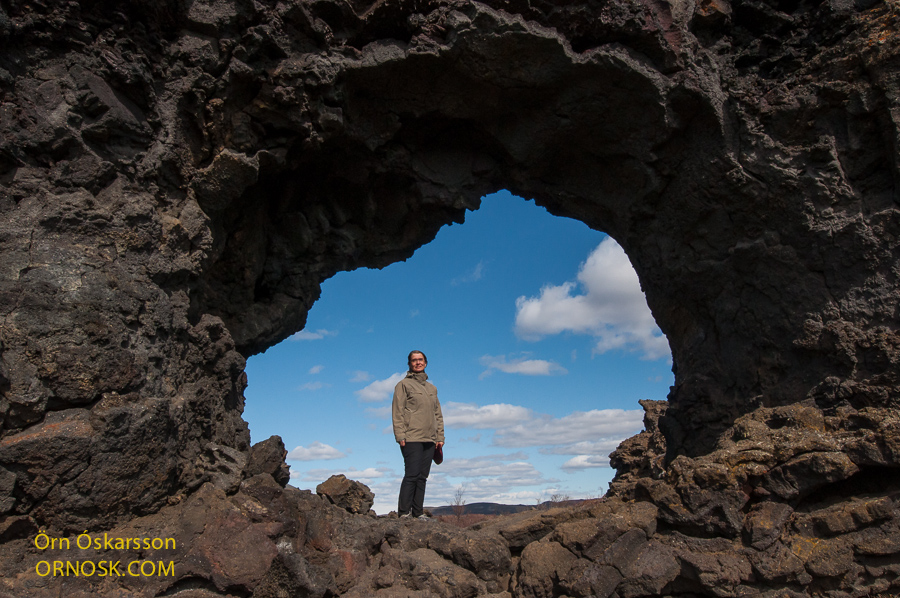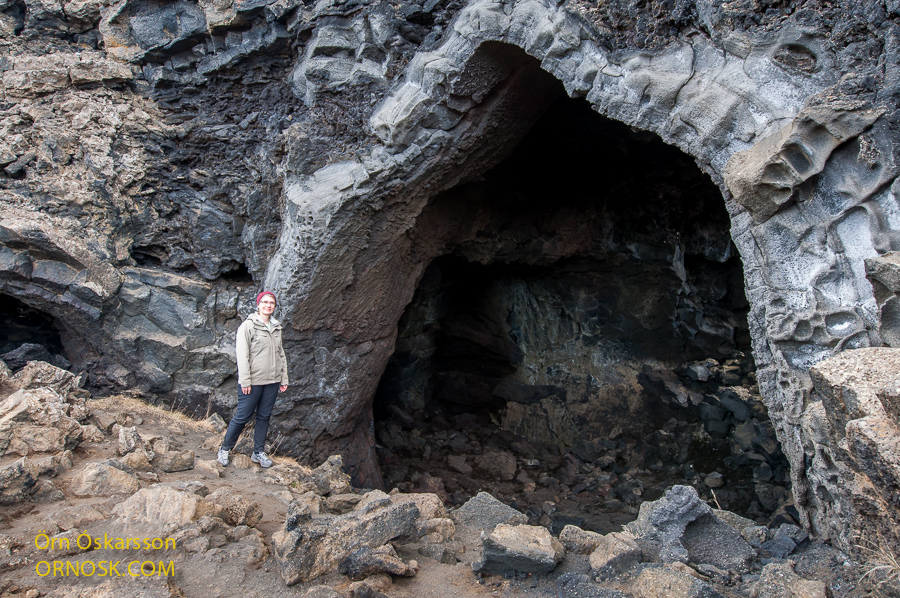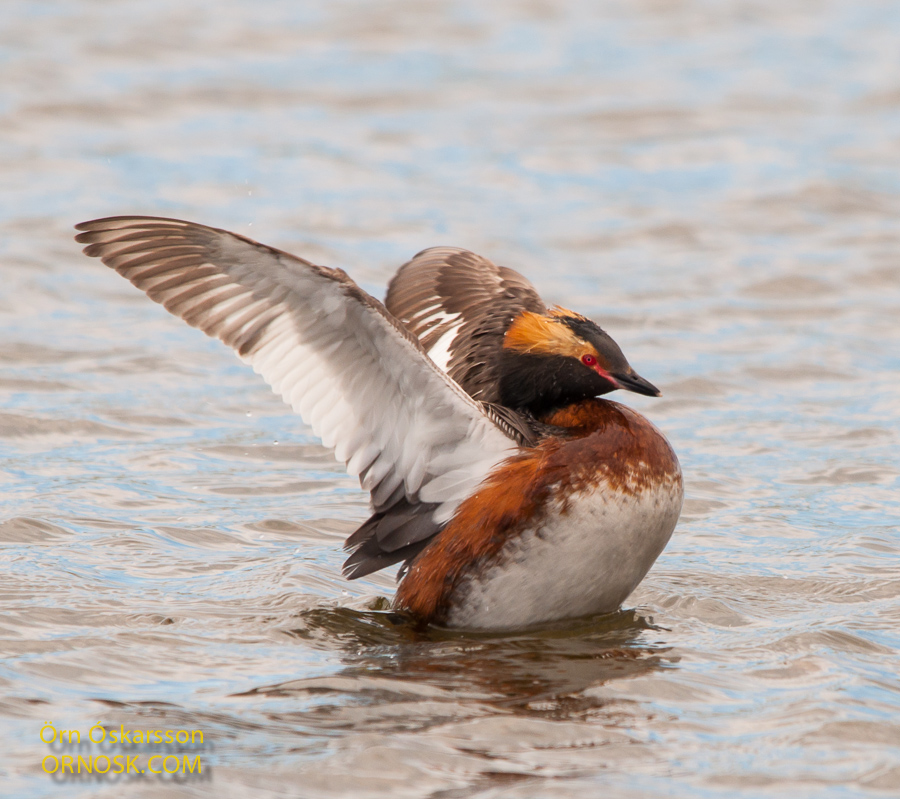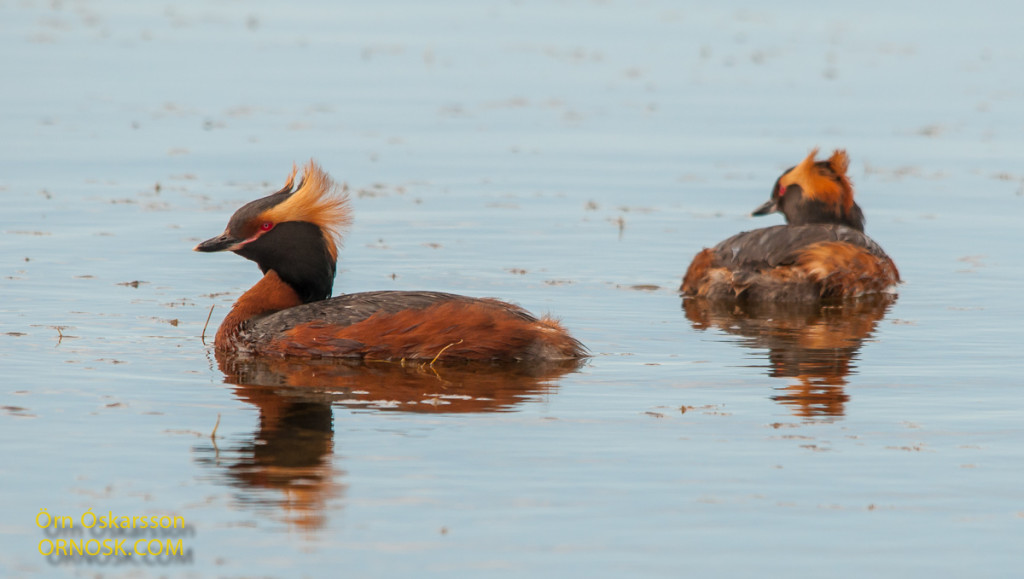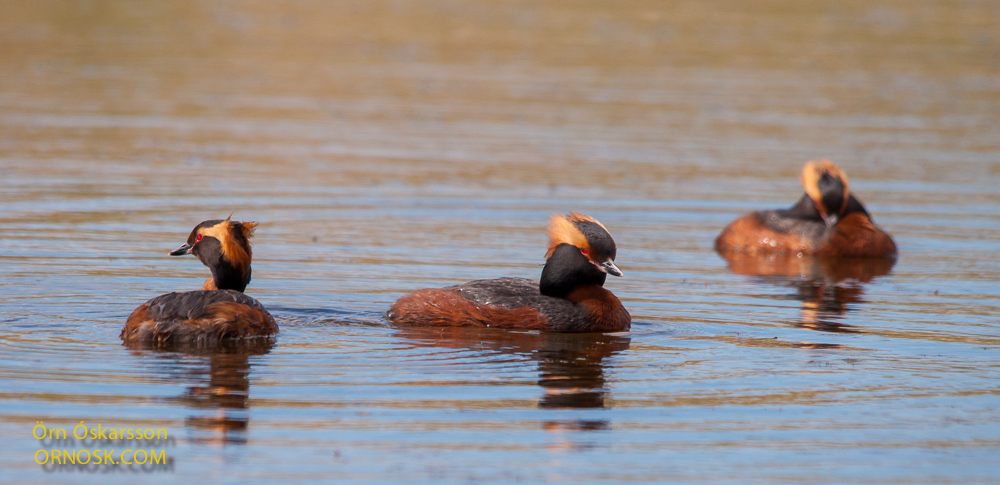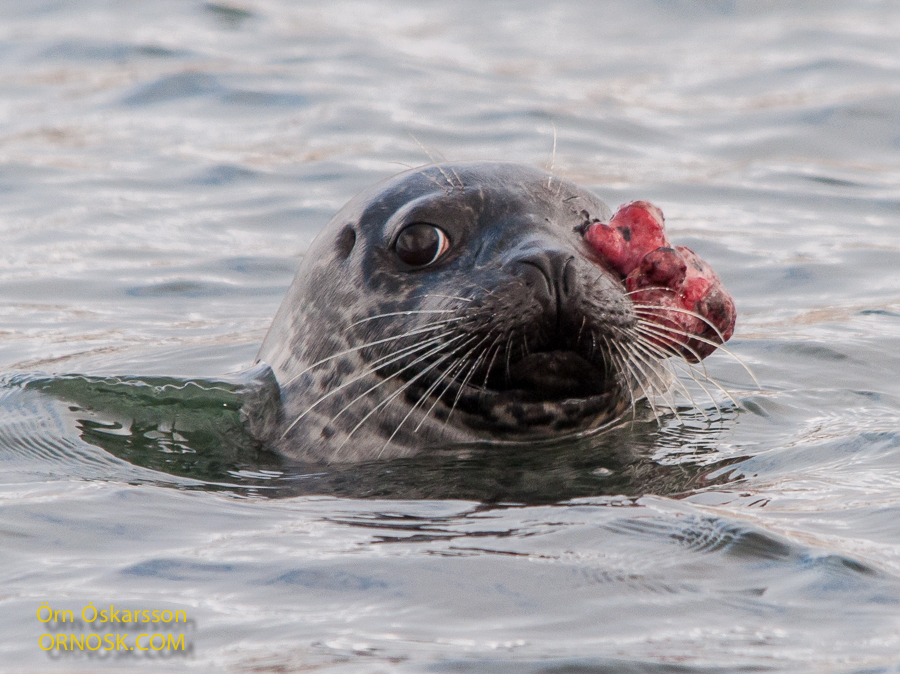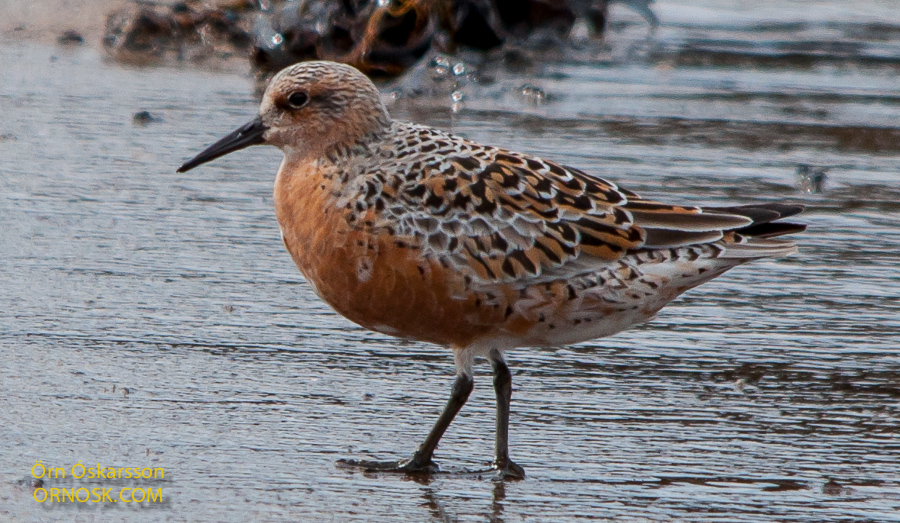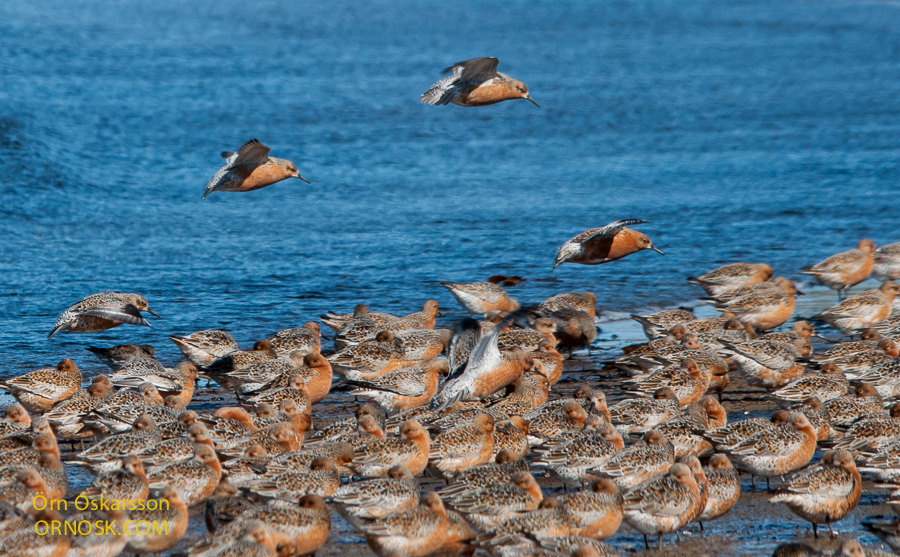Dunlins (Calidris alpina) are migratory birds that usually arrive in Iceland in May. They are long distance migrants that breed in Arctic regions. The European population’s winter grounds are in Africa, Southeast Asia and the Middle East. Birds that breed in Arctic areas in Canada and Alaska only migrate to the Atlantic and Pacific coasts of North America. Some Dunlins overwinter on the south coast of Spain and Portugal.
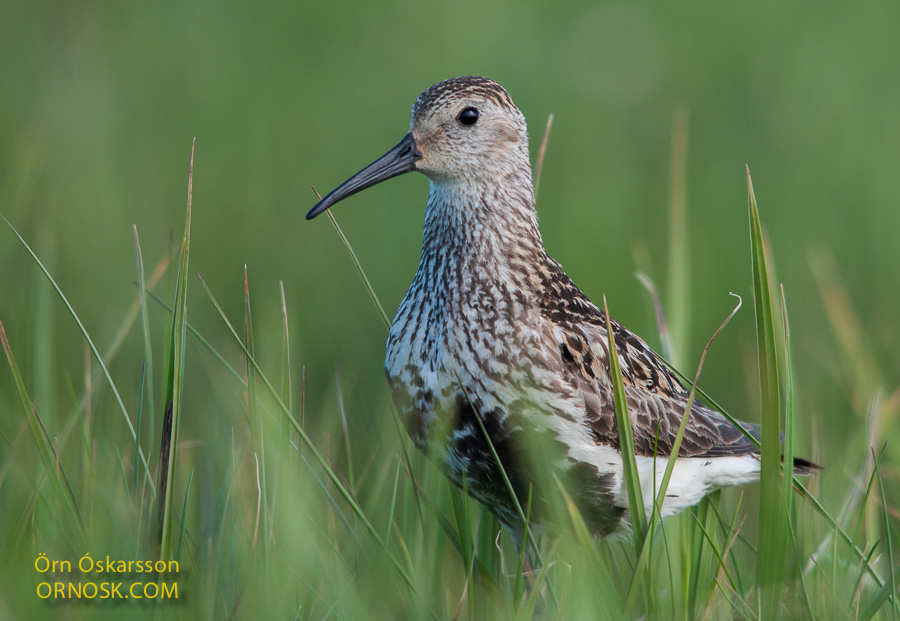
A lot of Dunlins breed in marshlands in South Iceland. This one was in The Bird Reserve in Flói, South Iceland. The Icelandic breeding population is estimated around 270,000 birds.

